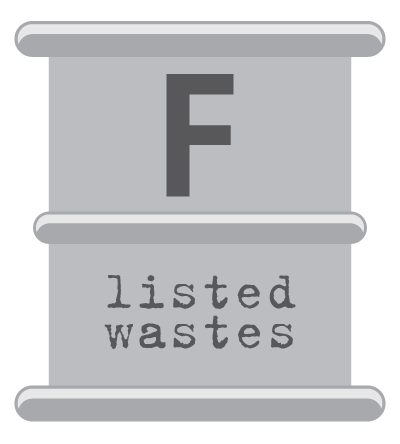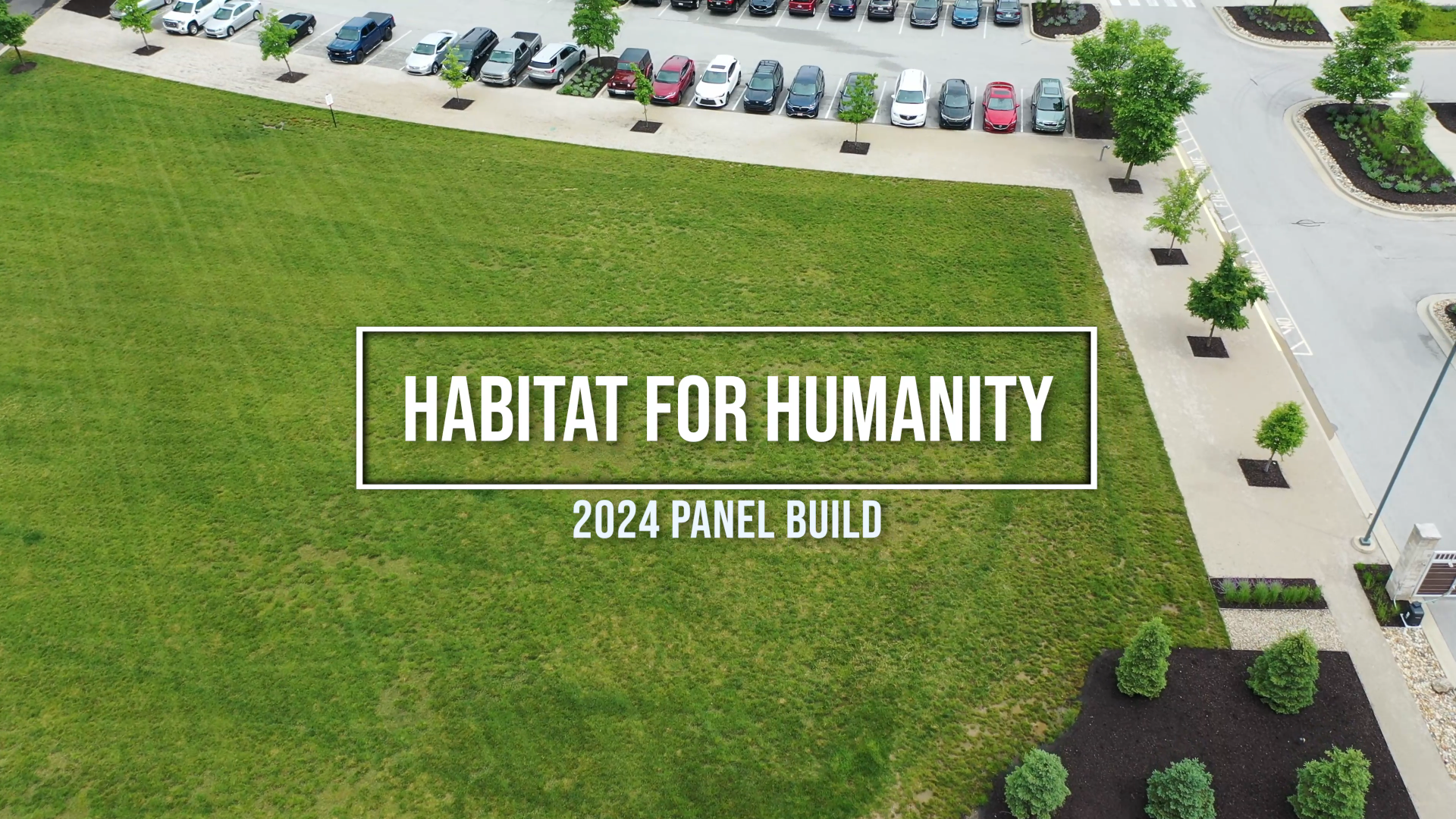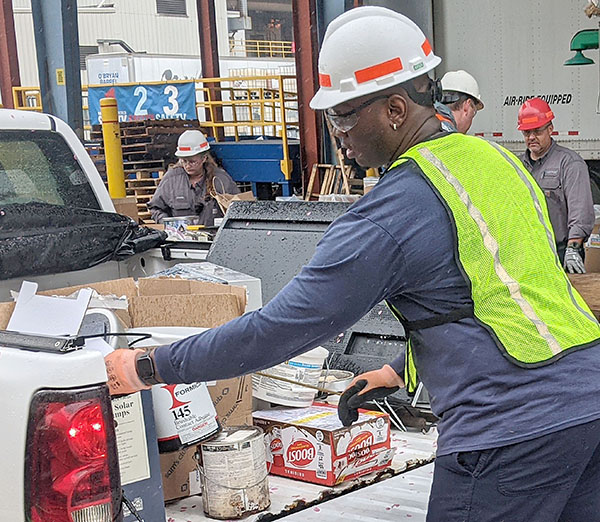
We’ve talked in previous posts about what hazardous waste listing is and how it came to be. We know that there are four different lists; F, K, P, and U. Today, we are going to take a closer look at what the F listed wastes are, why they are designated as F listed wastes, and what sets them apart from the other three listings.
F listed wastes are those particular wastestreams which come from certain common industrial or manufacturing processes. Generally, these are chemicals which have been used for their intended purpose in an industrial process. Because of this, F list wastes are commonly known as “manufacturing process wastes.” It is important to note that the manner in which a waste is generated often plays a key role in how it is identified.
F listed wastes, depending on what type of manufacturing or industrial process creates them, can be broken down into one of seven different categories. These seven categories are detailed below.
1. Spent Solvent Wastes – These wastes are coded as F001-F005 and apply to wastestreams from the use of certain common organic solvents. Solvents are chemicals which may be used for a number of things. Primarily, however, they are used for cleaning and/or degreasing. Solvents which are covered by the F listings are commonly used in industries ranging from mechanical repair to dry cleaning to electronics manufacturing.
2. Wastes from Electroplating and Other Metal-Finishing Operations – According to the EPA, “The listed hazardous wastes F006 – F012 and F019 are wastes commonly produced during electroplating and other metal finishing operations. Diverse industries use electroplating and other methods to change the surface of metal objects in order to enhance the appearance of the objects, make them more resistant to corrosion, or impart some other desirable property to them. Industries involved in plating and metal finishing range from jewelry manufacture to automobile production.”
3. Dioxin-Bearing Wastes – Dioxins are considered by the EPA to be among the most dangerous known chemical compounds. The dioxin listings (F020-F023 and F026-F028) primarily stem from the manufacturing process wastes generated from the production of specific pesticides or chemicals used in pesticides. That said, the F0027 waste stands out from the rest due to its being the only F or K list waste that has not been used for its intended purpose. F027 actually describes and unused chemical rather than an industrial wastes tream. These dioxin-bearing wastes, with the exception of F028, are all considered acutely hazardous and as such are subject to stricter management standards.
4. Wastes from the Production of Certain Chlorinated Aliphatic Hydrocarbons – The F024 and F025 wastes stand out on the F list (wastes from nonspecific sources) because they come from a very narrow industrial sector. These wastes are produced during the manufacturing of chlorinated aliphatic hydrocarbons. Many other waste streams derived from manufacturing organic chemicals are listed on the K list.
5. Wood Preserving Wastes – “The F032, F034, and F035 listings apply to certain wastes from wood preserving operations. Many types of wood used for construction or other non-fuel applications are chemically treated to slow the deterioration caused by decay and insects. Such chemical treatment is commonly used in telephone poles, railroad ties, and other wood products prepared to withstand the rigors of outdoor use.”
6. Petroleum Refinery Wastewater Treatment Sludges – Petroliam refining tends to produce large amounts of contaminated wastewater. This wastewater must be treated to remove oil, solid materials, and chemical pollutants before it can be discharged into a river or sewer. The excluded pollutants are the F037 and F038 wastes. Time and gravity help to separate the pollutants from the water. Solids and heavier pollutants will sink to the bottom and form a material called “sludge” while the less dense pollutants will rise to the surface of the water and make a material known as “float.” If time is a factor, the gravitational separation process can be quickened via mechanical or chemical means. If left to separate only by gravity, the wastes will be F037, if treated via chemical or physical means they will be F038.
7. Multisource Leachate – The last category of F list wastes applies to multisource leachate. This is the liquid material that collects at the bottom of a hazardous waste landfill. According to the EPA, “Leaching occurs when liquids such as rainwater filter through soil or buried materials, such as wastes placed in a landfill. When this liquid comes in contact with buried wastes, it leaches or draws chemicals out of those wastes. This liquid (called leachate) can then carry the leached chemical contaminants further into the ground, eventually depositing them elsewhere in the subsurface or in groundwater. The leachate that percolates through landfills, particularly hazardous waste landfills, usually contains high concentrations of chemicals, and is often collected to minimize the potential that it may enter the subsurface environment and contaminate soil or groundwater.” This leachate is designated as F039.
All information for this blog post was gathered from the EPA document, “Introduction to Hazardous Waste Identification.” As always, this blog post is not intended to be comprehensive and it is always best to check with the EPA and local government for full, up-to-date, rules and regulations.
More News From Heritage
-
6/27/24
Heritage Environmental Services to Acquire EBV from General Dynamics
Heritage Environmental Servicess, an EQT Infrastructure portfolio company, will acquire EBV from General Dynamics
-
6/13/24
Meet The Facilities – East Liverpool
An inside look at our incineration facility located in East Liverpool, OH
-
5/24/24
Habitat for Humanity 2024
Heritage hosted our 14th annual Habitat for Humanity build this month, partnering with over 50 employees from various THG companies.
-
5/6/24
Date set for the household hazardous waste collection in East Liverpool, Ohio
-
3/12/24
Equal Pay Day – Spotlighting Our Female Drivers
-
3/8/24
International Women’s Week Spotlight – Shannon Dippel
For International Women's Week, we're spotlighting some of the incredible women in the Heritage family. Our final spotlight is Shannon Dippel.
-
3/8/24
International Women’s Week Spotlight – Susan Adams
For International Women's Week, we're spotlighting some of the incredible women in the Heritage family. Our sixth spotlight is Susan Adams.
-
3/7/24
International Women’s Week Spotlight – Lea Wilson
For International Women's Week, we're spotlighting some of the incredible women in the Heritage family. Our fifth spotlight is Lea Wilson








